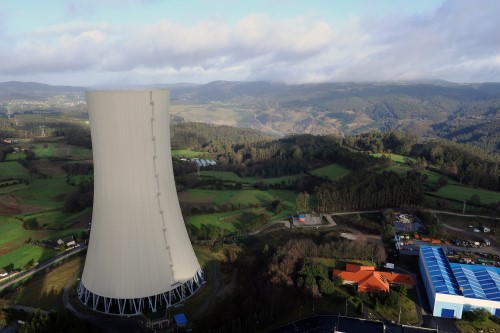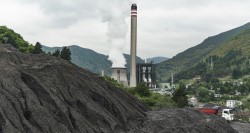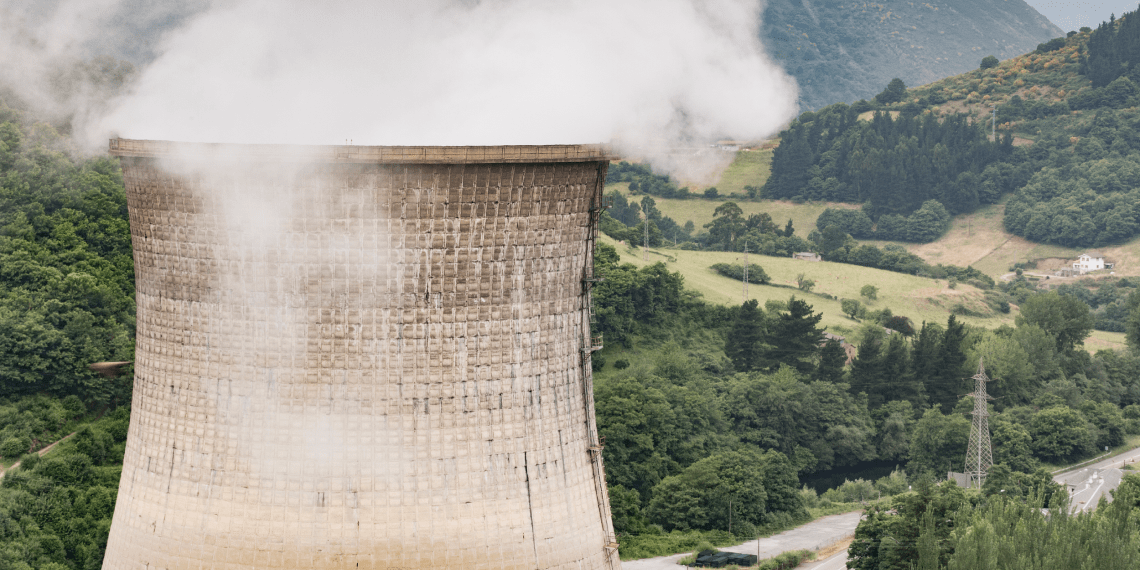Narcea thermal power plant was located in Soto de la Barca in Asturias
The Narcea thermal power plant was located in Soto de la Barca in the municipality of Tineo, in the Principality of Asturias. It is located at 213m above sea level on the banks of the Narcea river.
Key figures
Year commercial operations began
2 gypsum, ash and slag landfills
Date dismantling started
Estimated end date of the dismantling
Progress
- Availability of electrical evacuation point
- Availability of electrical supply
- Industrial land on the entire plot
- Water available (subject to concession), given that it is on the banks of the Narcea river
- Relatively close to the port of El Musel (Gijón) and Avilés
- The fact that most of the plot is in a "flood zone" will make it difficult to develop future industrial activities
- Location at some distance from industrial areas and with limited communication
In defining the dismantling works, environmental measures and safety procedures have been considered a priority to ensure they are carried out correctly and that third parties and the environment are not affected.
The buildings and installations at the power plants feature different types and combinations of structural elements. Therefore, a combination of manual and mechanical procedures have been incorporated into the dismantling and demolition methodology, in some cases combining the two types of procedures and using explosives to carry out controlled blasting.
What does the process consist of?
- Cleaning the equipment and installations
- Vaciado y limpieza de tanques y líneas
- Emptying and cleaning the tanks and lines
- Manual work to empty and dismantle the fixtures, sorting them by type
- We carry out specific actions to reduce greenhouse gas emissions and offset our carbon footprint.
- Removing the thermal insulation
- Removing hazardous materials
- Combined demolition:
Demolition using machinery:
By pushing or pulling or using backhoes fitted with cutters to demolish the structure starting from the top and going down.
- Using hydraulic hammers mounted on mobile equipment.
- By controlled blasting to collapse structures and buildings using explosives.
- Sorting demolished materials by type, seeking maximum revaluation and recycling.
- Transferring waste to the different collection areas within the plant.
- Subsequent management according to the type of materials: inert, non-hazardous and hazardous.
- Refurbishing the plot with finishing consistent with an industrial site.
- Removal of protrusions and footings above the current level.
- Filling in holes with suitable material.
- Levelling the area.
The dismantling tasks carried out to date are:
Chemical and fuel product deposits have been cleaned.
Work has begun to remove thermal insulation and asbestos; groups 1 and 2 have been completed.
The main transformers and precipitators of groups 1 and 2 have been scrapped.
Scrapping work is under way on the main equipment of the three groups.
- The cooling tower has been demolished.
There are around 30 people on site working on these tasks, of which the following are locally hired:
- 8 people from the Just Transition Institute list.
- 1 people from Tineo.
- Occasional participation of local companies
Projects

An agreement has been signed with Tineo Council to assign the town’s land, homes and other buildings to the thermal power plant.
The project has been submitted to the Cantabrian Hydrographic Confederation to reorganise the Narcea riverbed as it passes by the plant, considering the work necessary to protect the plot against flooding so that future industrial activities may be carried out on the land. This work could begin during the second half of 2024, during the final phase of dismantling the power plant.
Third-party use of ash deposited in the plant’s non-hazardous waste landfill is under study.
The development of a livestock and agri-food waste treatment plant in the Gozón area is under study to complement and maintain contact with the current digestion process waste management plants in the Principality. The project seeks to solve the problem of intensive livestock farming in Asturias (water pollution, accumulation of phosphorous and heavy metals in the soil, and ammonia and greenhouse gas emissions) and increasing environmental demands, that allow for the production of biomethane for injection in the natural gas network and the development of organic fertilisers.

Naturgy ha recibido la última autorización necesaria para iniciar el desmantelamiento de la central térmica del Narcea. Esta central, situada en Soto de la Barca, dentro del término municipal de Tineo (Principado de Asturias), comenzó su operación comercial en 1965 y la compañía solicitó autorización para su parada definitiva y cierre en diciembre de 2018.

- Global environmental policy
